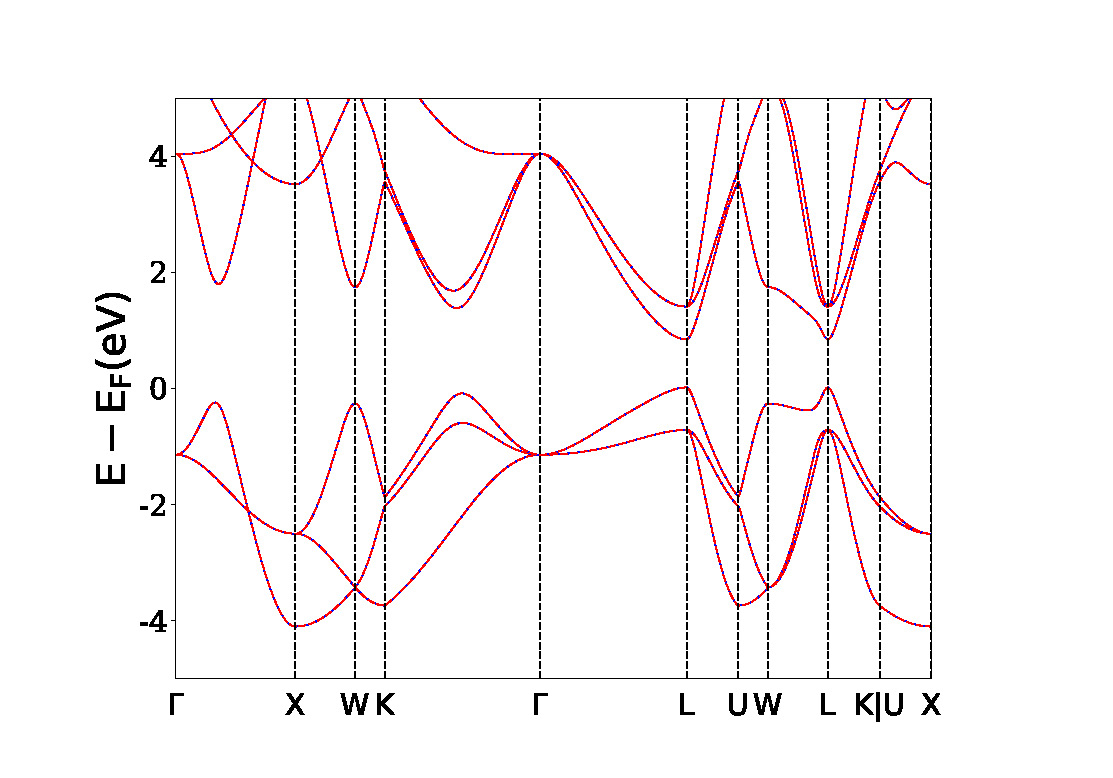Computational Screening for Low Emittance Photocathodes
J. T. Paul, R. G. Hennig, A. Galdi, I. V. Bazarov, S. Karkare, H. Padmore
In order to improve beam brightness, we look for currently unused materials that can emit more clustered electrons
Using the MaterialsProject database, we searched over 69,000 materials to identify potential photocathodes. Initial screening criteria reduced this number to approximately 38,000. We then estimated me of these materials using the band structures from MaterialsProject and our calculations, finding a higher density mesh was needed to obtain an accurate estimate.
Screening |
Number of Materials |
| Material Project Database | 69,640 |
| No Radioactive Elements | 66,119 |
| ΔEhull ≤ 50 meV/atom | 43,087 |
|
0 eV < Egap ≤ 4 eV |
38,019 |
| 20 k-points: m* ≤ .2m0 | 517 |
| 200 k-points: m* ≤ .2m0 | In Progress |
| High Quantum Efficiency | In Progress |
| Low MTE | In Progress |
This project enhances the Center for Bright Beam's objective of striving towards ultralow emittance photocathodes. Particle Accelerators around the world would benefit through improved beam brightness.
Link to full publication:
http://accelconf.web.cern.ch/AccelConf/ipac2018/papers/thpml053.pdf

